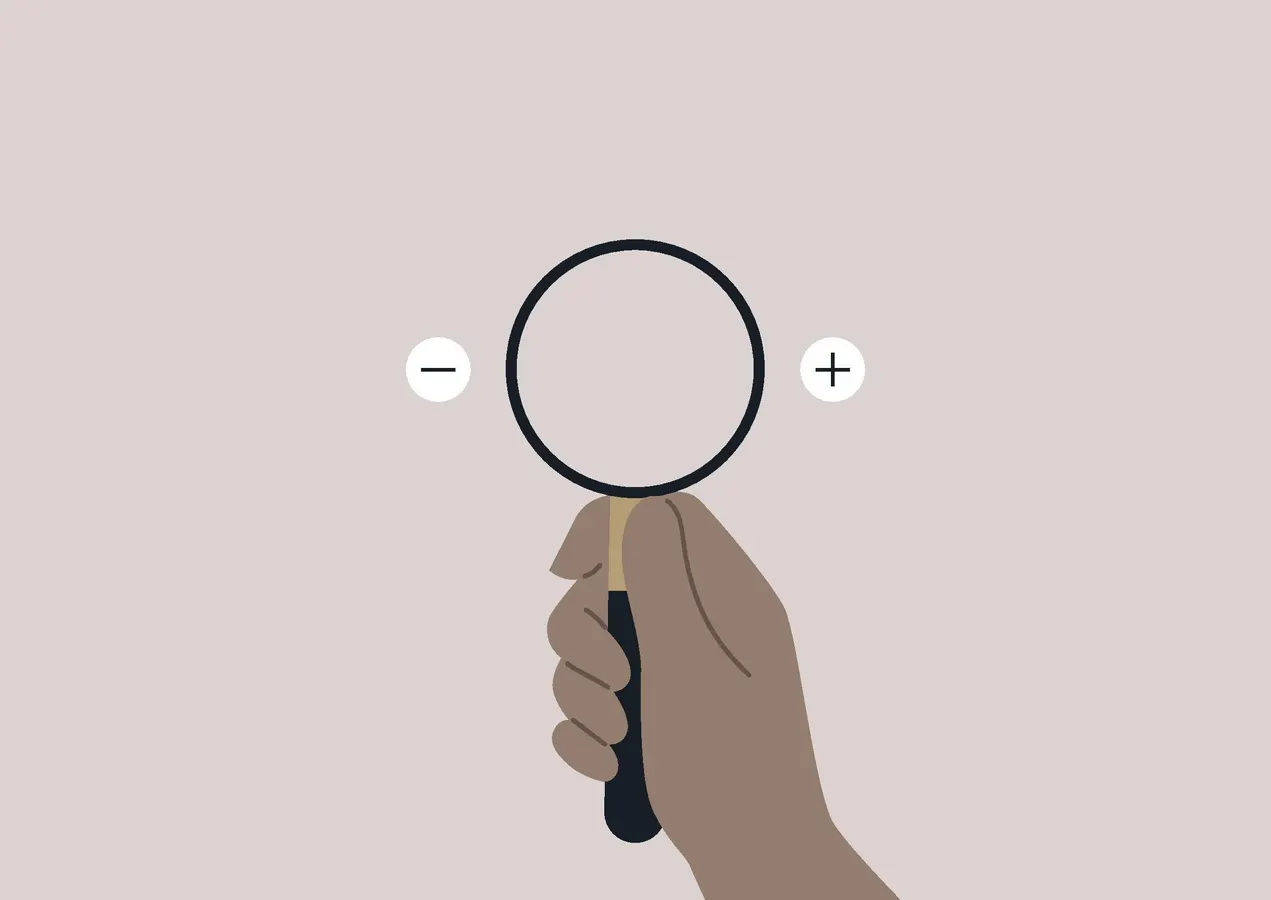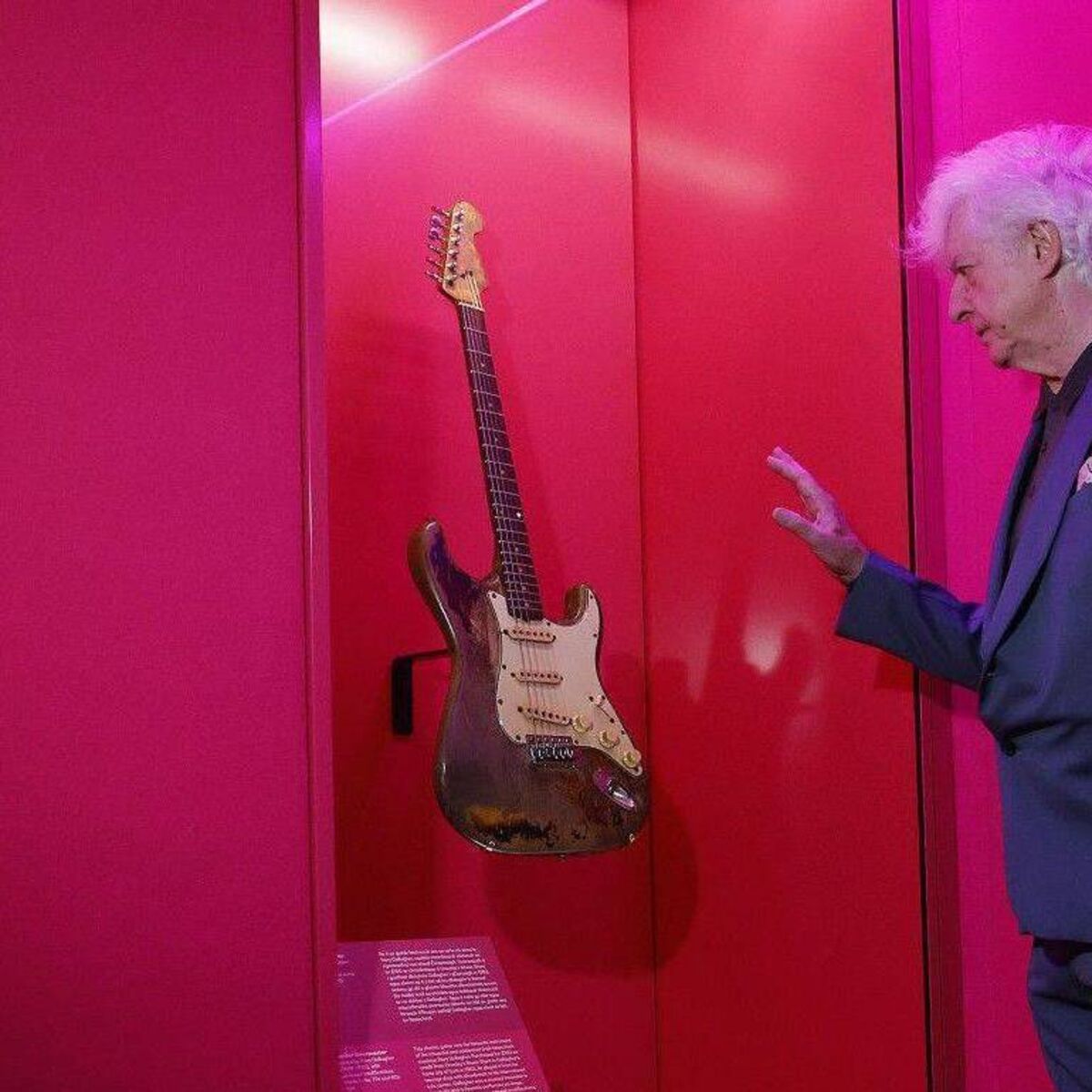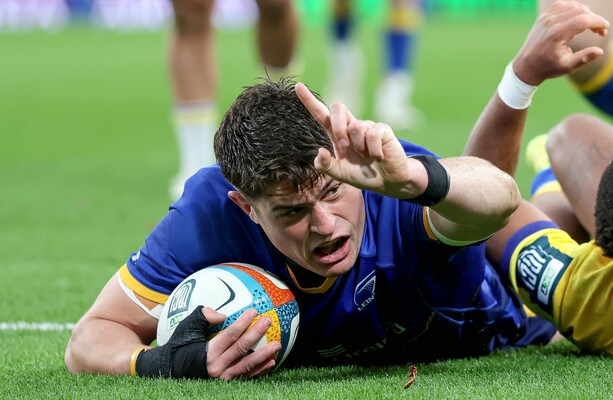Copyright forbes

Leaders lose clarity not from distraction but overfocus. The best ones know when to zoom in, zoom out, and shift between the urgent and the important. In a now-famous experiment, psychologists Christopher Chabris and Daniel Simons asked participants to watch a short video of people passing a basketball. They were instructed to count how many times the ball was passed between players in white shirts. Midway through the clip, a person in a gorilla suit walked through the scene, stopped, beat their chest, and exited. Roughly half of the participants never saw the gorilla. They weren’t distracted. They were focused. Maybe too focused. I know I was. It took me two views to finally see the gorilla. What we pay attention to shapes what we see. Just as often, it shapes what we miss. The invisible gorilla is not just a selective attention test. In many ways, it’s a test of leadership. Leadership Is a Lens Great leadership doesn’t come from seeing everything. It comes from focusing on what matters—and adjusting when it no longer does. Zoom in, and you notice detail—pain points, hesitation, resistance, unspoken friction. Zoom out, and you start to detect pattern—market shifts, cultural drift, customer signals, unintended consequences. Most leaders default to one. Some stay close to operations and respond quickly to problems but lose strategic perspective. Others lead from abstraction and narrative but miss what’s happening on the ground. MORE FOR YOU Neither view is wrong. It’s staying stuck in one that usually causes trouble. What Happens When Leaders Stay Zoomed In A senior leader at a healthcare firm was known for being hands-on. She knew the numbers, fixed problems fast and stayed close to the work. When team performance dipped, she added more meetings, tightened oversight, and stepped in more often. What she didn’t realize: expectations had changed. Competitors were going digital. Customers had moved on. Her team wasn’t falling short—they were stuck in a version of success that no longer fit. Construal level theory explains this. When we’re close to a problem, our thinking becomes concrete. We get clearer about what’s happening now but less aware of how things are shifting around us. That makes us faster, but not necessarily better. Signals you’re stuck too close: You’re solving problems that keep reappearing You’re refining outputs, but no longer asking why they matter You’re gathering data, but losing context The lens is sharp. The frame is wrong. What Happens When Leaders Stay Zoomed Out Consider a leadership team launching a strategy around “seamless journeys” and “customer intimacy.” The story sounds strong. The language is clear. But no one in the room can say what will change next week. The PowerPoint is on point. The lived reality is radically different. The vision wasn’t wrong. It was clear. But detached. In photography, distance compression makes faraway things look deceptively close. In leadership, it happens when abstraction flattens complexity. Dashboards give the illusion of proximity. Updates filter the mess out. Strategy sounds aligned, but friction builds. When leaders stay too far removed: Execution disconnects from direction Fatigue builds where clarity was expected People nod, but nothing changes Being zoomed out too long creates blind spots that look like insight. The Role of Cognitive Flexibility Leadership today depends on how quickly you can shift between the wide view and the close-up. It’s not a trait—it’s a habit. Cognitive flexibility helps you decide when to hold position and when to adjust. It lets you shift from pattern to pain point, and back again. From emotional temperature to customer behavior to business model. Especially when signals are blurry and the pressure to act is high, this kind of switching is the difference between context and confusion. The reason why one gets stuck on one lens is because of the tyranny of the urgent. The urgent priority demands undivided attention. While the root of the fire perhaps lies elsewhere. The Four Zones of Focus Think of your attention as moving across four fields of focus, depending on whether you’re zoomed in or out—and whether you’re looking at the present or the future. Each field has value when used at the right time, and risk when overused. Zoom In and Zoom Out zones Vibhas Ratanjee Great leaders cross these zones constantly. They don’t fix their gaze. They recalibrate it. They know when to pull close and when to step back, when to solve and when to sense. A Quick Lens Check: The Eisenhower Matrix Leaders often talk about balancing the urgent and the important—the same distinction behind Dwight Eisenhower’s classic matrix. But the real challenge today isn’t just what you prioritize, it’s how close you get to it. The Eisenhower Matrix sorts time; this framework reframes attention. It adds another axis—zoom in or zoom out—helping leaders decide not just what to focus on, but from where. When to Shift the Frame Ask yourself: which zone does this moment call for? When performance dips, check if you’ve been stuck too long in the Execution Zone and drifted away from Alignment. When strategy sounds abstract, spend time in the Experimentation Zone to make it real. When the future feels foggy, revisit the Vision Zone to re-anchor purpose before chasing action. Your effectiveness comes less from clarity than from calibration—knowing which lens the moment demands. Signs You’re Using the Wrong Lens You usually know the lens is off when what you’re hearing doesn’t match what you’re seeing—or when clarity starts feeling like control. If you’ve been zoomed in too long, strategy starts to feel reactive. You’re solving problems quickly, but they’re the same ones you solved last quarter. You’re managing volume, not direction. The culture begins to show signs of fatigue, but it’s hard to tell why because the metrics still look fine. Progress looks busy but feels aimless. On the other hand, when you’ve stayed zoomed out too long, your strategy sounds aligned but no one is changing how they work. You’re narrating direction, but people are stuck. Feedback sounds filtered, and when conflict does emerge, it surprises you. Engagement slides, but not because people are resisting change—they just don’t know how to connect it to their day-to-day. The mismatch doesn’t always show up in the data. It shows up in tension, confusion, and stall points. That’s often your cue: it’s not a decision problem, it’s a focus problem. Tools to Reset Focus You don’t need more clarity. You need more control over how you see. Disrupt the default: Switch the lens deliberately– start strategy meetings with a customer story. Start ops reviews with a reminder of purpose. Interrupt the pattern. Observe before interpreting: Sit in on a conversation, not to judge or fix, but to experience it. Ask both kinds of questions: “What’s happening right now?” and “What does that tell us about where we’re heading?” Audit the aperture: After a decision, debrief what view you were using—and whether it matched the moment. A pre-mortem can help detect patterns proactively. Leaders don’t lose alignment because they lack insight. They lose it when their aperture stops matching the problem. Sharpening Your Focus Strategy is getting faster. Systems are slower to respond. People are tired. Data tells only part of the story. You don’t need to see everything. You just need to know when to shift zones—when the lens you’re using no longer fits the frame you’re in. The leaders who lose clarity aren’t always careless. They’re just looking too hard at one thing for too long. They stop shifting the frame. They get confident in a view that no longer explains the tension. Judgment falters not because of poor vision, but because of focus locked in the wrong place. Leadership Refocus Checklist What have I been looking at too long without adjusting the frame? What feels familiar but no longer fits? What moment did I hear about that I should have witnessed? Where am I mistaking surface activity for underlying signal? Who’s trying to show me something I’ve stopped seeing? For leaders, the point isn’t to sharpen your vision. It’s to keep adjusting the lens. Editorial StandardsReprints & Permissions



